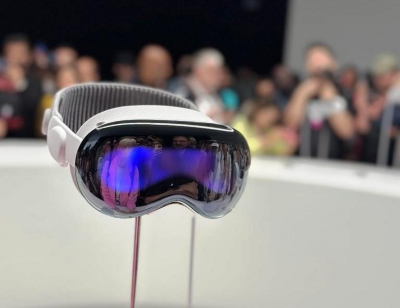Washington: The US Federal Communications Commission (FCC) has finally approved the 6 GHz band to a new class of very low-power devices (including AR-VR headsets) that will operate alongside other WiFi-enabled devices.
The decision will help headsets like the Apple Vision Pro and the Meta Quest 3 get faster data transfers and less interference.
Apple, Google, Microsoft, and Meta have all been lobbying for access to the 6GHz band since 2019.
“These rules will spur an eco-system of cutting-edge applications, including wearable technologies and augmented and virtual reality, that will help businesses, enhance learning opportunities, advance healthcare opportunities, and bring new entertainment experiences,” the FCC said in a statement.
Allowing the 6 GHz band will also help the the Internet of Things (IoT) market grow further.
“Recognising the need to provide even more flexibility and foster unlicensed innovation, the Commission established rules that permit devices that operate at very low power (VLP) across short distances and provide very high connection speeds,” the FCC said in a statement.
These include, for example, advanced augmented and virtual reality (AR/VR), wearable sensors and technologies, and variety of Internet of Things devices.
The new rules, however, are careful to limit these devices to very low power levels and subject them to other technical and operational requirements.
Meta recently launched a new mixed reality (MR) headset called Quest 3 with a 30 per cent enhancement in visual resolution and 40 per cent louder audio range than Quest 2.
Billed as the first mass-market mixed reality headset with 4K+ Infinite Display, it starts at $499.99 for the 128GB version and $649.99 for those who want a larger storage capacity at 512GB.
Priced at $3,499, Apple Vision Pro will be available in the US in early 2024, before expanding to other nations at a later date.
IANS


